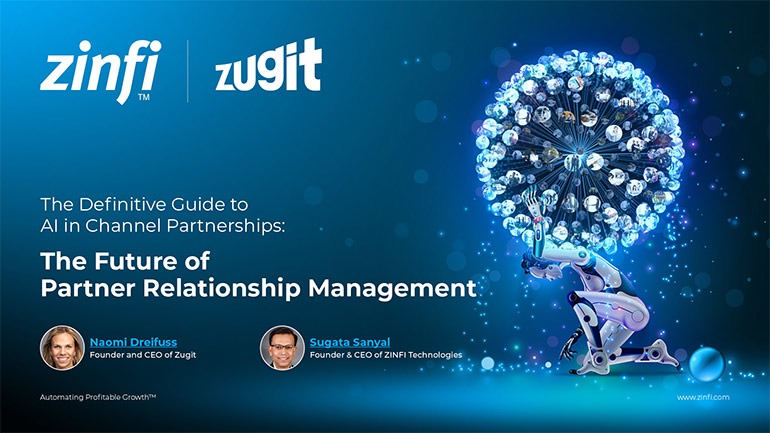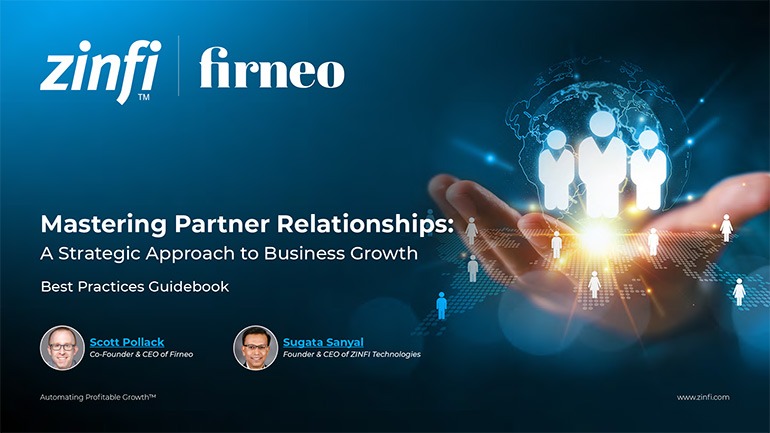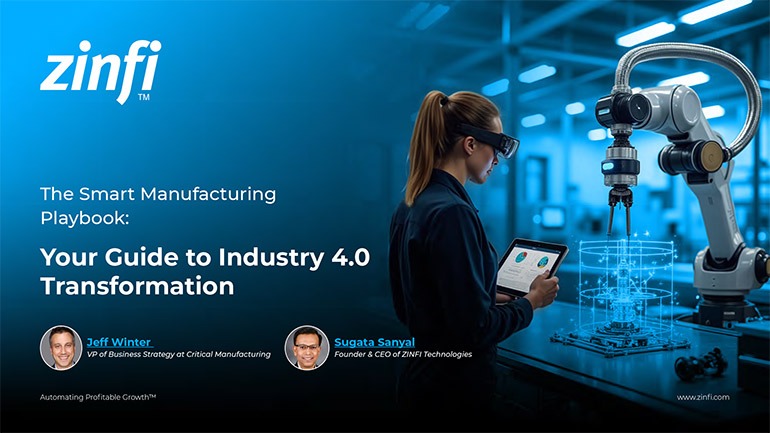Glossary - How to - MDF
How to Use MDF (Market Development Funds) Effectively
Introduction
Market Development Funds (MDF) are crucial in channel marketing by helping vendors and partners co-invest in marketing initiatives. MDF provides financial support to channel partners, enabling them to promote the vendor’s products and services, drive brand awareness, and generate demand. Proper utilization of MDF can significantly impact a partner’s success in sales and revenue generation.
In Partner Relationship Management (PRM), automating MDF processes ensures efficiency, compliance, and transparency. PRM platforms streamline MDF allocation, request approvals, tracking, and reporting. By integrating MDF management within a PRM system, organizations can optimize fund usage, prevent misuse, and enhance ROI from partner marketing activities.
Key Takeaways:
Understanding MDF and Its Importance:
Market Development Funds execute partner marketing campaigns. These funds support digital advertising, events, lead generation programs, and co-branded content. Partners must align their marketing efforts with vendor goals and strategic priorities to maximize MDF benefits.
MDF Allocation and Approval Process:
MDF allocation varies based on partner tiers, sales performance, and marketing capabilities. Vendors typically distribute funds through a structured approval process, which includes:
- Submitting a marketing proposal outlining objectives, tactics, and expected ROI
- Gaining vendor approval before execution
- Meeting compliance requirements, such as branding guidelines and reporting metrics
Best Practices for Utilizing MDF:
To ensure MDF effectiveness, partners should:
- Develop a clear marketing plan with measurable goals
- Use MDF for high-impact activities like account-based marketing, content syndication, and paid media
- Track campaign performance and report outcomes to vendors
- Leverage PRM platforms for real-time fund tracking and automated reimbursement requests
Avoiding Common MDF Pitfalls:
Misuse of MDF often leads to wasted budgets and strained vendor-partner relationships. Common pitfalls include:
- Lack of alignment with vendor marketing objectives
- Poor documentation and reporting of results
- Delayed fund utilization leading to unspent MDF
- Inadequate ROI measurement
Measuring MDF Success and ROI:
Evaluating MDF effectiveness requires tracking key performance indicators (KPIs) such as:
- Lead generation and conversion rates
- Cost per lead and return on ad spend (ROAS)
- Brand awareness and engagement metrics
- Sales impact and revenue growth
Summary of Key Takeaways:
- MDF helps partners execute marketing campaigns that align with vendor goals.
- Proper allocation and compliance ensure fund effectiveness.
- Avoid common pitfalls like poor documentation and misalignment.
- Measuring ROI is crucial for continued MDF success.
- PRM platforms enhance MDF management through automation.
Key Examples:
- Automotive Manufacturing: MDF can be used to support co-branded digital campaigns, dealership events, and training sessions that educate automotive dealers on new product features.
- Consumer Electronics: Retail partners can leverage MDF to run seasonal promotions, influencer collaborations, and in-store activations that drive product awareness and sales.
- Energy Production: Energy companies use MDF to support educational webinars, sustainability initiatives, and trade show participation that align with industry regulations and trends.
- Financial Services: Banks and financial institutions invest MDF in lead generation programs, co-branded marketing content, and local community engagement events to enhance brand trust.
- Food and Beverage: MDF funds can support marketing initiatives such as new product launches, restaurant partnerships, and localized advertising campaigns to boost brand visibility.
- Healthcare Services: Hospitals and medical suppliers use MDF for leadership content, educational seminars, and digital outreach campaigns for healthcare professionals.
- Information Technology: MDF is widely used in IT for demand generation campaigns, partner training programs, and co-marketing efforts with system integrators and resellers.
- Pharmaceutical Development: Pharmaceutical companies utilize MDF for medical conferences, continuing education programs, and physician engagement campaigns to drive awareness and compliance.
- Retail Industry: Retailers use MDF for in-store promotions, online advertising, and omnichannel marketing efforts to enhance customer engagement and drive foot traffic.
- Telecommunications: Telecom companies invest MDF in regional marketing campaigns, customer acquisition programs, and loyalty initiatives to retain subscribers and expand market share.
Conclusion
Effectively using MDF requires strategic planning, alignment with vendor goals, and consistent performance measurement. PRM automation enhances fund management, reduces administrative overhead, and ensures compliance. By leveraging best practices, avoiding common pitfalls, and tracking ROI, vendors and partners can maximize the impact of MDF investments, leading to stronger channel relationships and improved business outcomes.
Associated Keywords:
- MDF Best Practices
- Partner Marketing Funds
- MDF ROI Measurement















